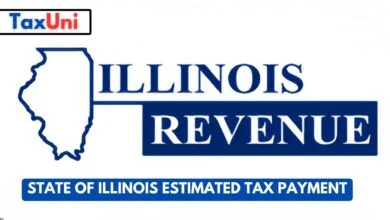Refundable Tax Credits
This article will help you with a list of some of the most common refundable tax credits, along with their eligibility requirements, application procedures, and other important information.

A refundable tax credit is a type of tax credit that can be used to reduce a taxpayer’s tax liability to zero and may result in a refund if the credit amount exceeds the amount of tax owed. Unlike non-refundable tax credits that can only offset tax liability, refundable tax credits can be refunded even if the taxpayer does not owe any taxes.
The advantages of refundable tax credits are that they can provide financial assistance to low-income households and incentivize certain behaviors such as education, renewable energy adoption, and healthcare coverage. For example, the Earned Income Tax Credit (EITC) is a refundable tax credit designed to encourage low-income individuals to work by reducing their tax burden and supplementing their income. The American Opportunity Tax Credit (AOTC) is a refundable tax credit that provides financial assistance to students and their families to offset the cost of higher education expenses.

Refundable Tax Credits Comparison Table
| Refundable Tax Credit | Maximum Credit Amount | Eligibility Criteria | Application Process | Advantages | Disadvantages |
| Earned Income Tax Credit (EITC) | $7,430 for tax year 2023 | Must have earned income and meet income limits | File a tax return and claim the credit | Incentivizes work and helps low-income individuals and families | Can be subject to fraud and abuse |
| Additional Child Tax Credit (ACTC) | Up to $2,000 per child for tax year 2023 | Must have at least one qualifying child and meet income limits | Claimed as part of the regular Child Tax Credit on a tax return | Provides financial assistance to families with children | Can be complex to calculate and administer |
| American Opportunity Tax Credit (AOTC) | Up to $2,500 per eligible student for tax year 2023 | Must be enrolled at least half-time in a degree or certificate program and meet income limits | Claimed as part of a tax return | Helps offset the cost of higher education expenses | Only available for the first four years of post-secondary education |
| Premium Tax Credit (PTC) | Varies based on income, family size, and location | Must purchase health insurance through the Health Insurance Marketplace and meet income limits | Apply for coverage through the Health Insurance Marketplace and claim the credit on a tax return | Helps offset the cost of health insurance premiums | Can be complicated to calculate and administer |
| Child Tax Credit (CTC) | Up to $2,000 per child for tax year 2023 | Must have at least one qualifying child and meet income limits | Claimed as part of a tax return | Provides financial assistance to families with children | Only available for children under age 18 |





